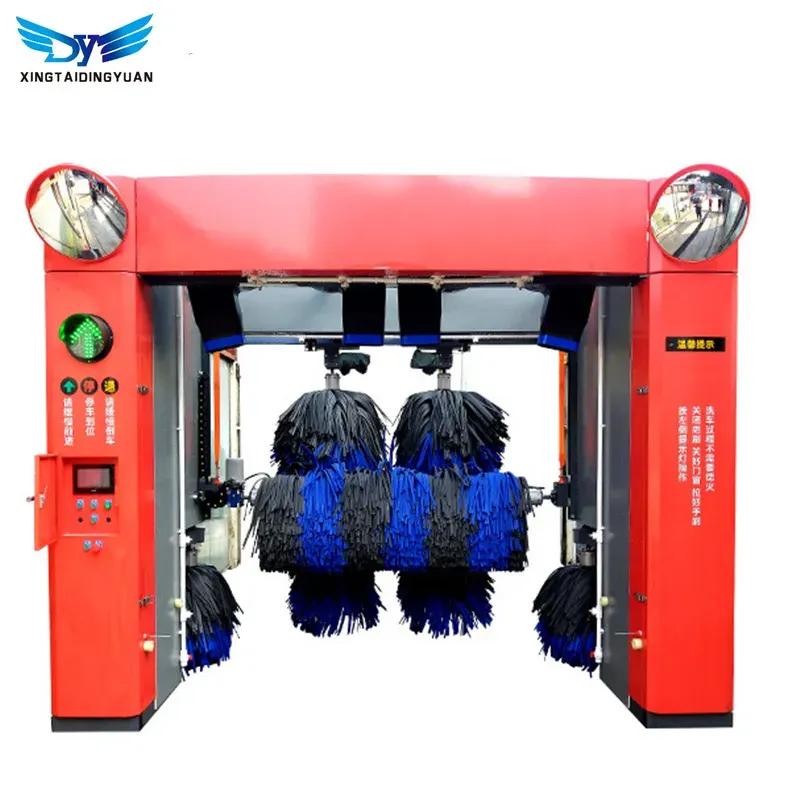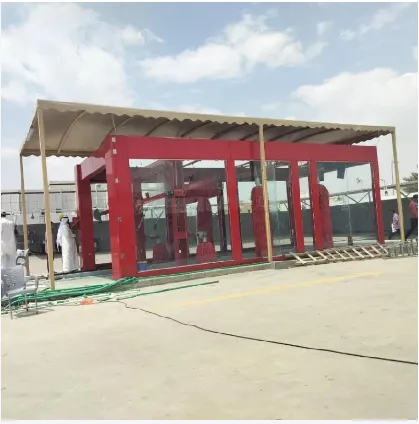
- Afrikaans
- Albanian
- Amharic
- Arabic
- Armenian
- Azerbaijani
- Basque
- Belarusian
- Bengali
- Bosnian
- Bulgarian
- Catalan
- Cebuano
- Corsican
- Croatian
- Czech
- Danish
- Dutch
- English
- Esperanto
- Estonian
- Finnish
- French
- Frisian
- Galician
- Georgian
- German
- Greek
- Gujarati
- Haitian Creole
- hausa
- hawaiian
- Hebrew
- Hindi
- Miao
- Hungarian
- Icelandic
- igbo
- Indonesian
- irish
- Italian
- Japanese
- Javanese
- Kannada
- kazakh
- Khmer
- Rwandese
- Korean
- Kurdish
- Kyrgyz
- Lao
- Latin
- Latvian
- Lithuanian
- Luxembourgish
- Macedonian
- Malgashi
- Malay
- Malayalam
- Maltese
- Maori
- Marathi
- Mongolian
- Myanmar
- Nepali
- Norwegian
- Norwegian
- Occitan
- Pashto
- Persian
- Polish
- Portuguese
- Punjabi
- Romanian
- Russian
- Samoan
- Scottish Gaelic
- Serbian
- Sesotho
- Shona
- Sindhi
- Sinhala
- Slovak
- Slovenian
- Somali
- Spanish
- Sundanese
- Swahili
- Swedish
- Tagalog
- Tajik
- Tamil
- Tatar
- Telugu
- Thai
- Turkish
- Turkmen
- Ukrainian
- Urdu
- Uighur
- Uzbek
- Vietnamese
- Welsh
- Bantu
- Yiddish
- Yoruba
Effective High Pressure Washer for Car Wash Deep Clean & Power
- The transformative data impact of high-pressure systems on wash operations
- Core technical mechanisms driving superior cleaning performance
- Comparative analysis of leading industrial-grade equipment manufacturers
- Modular customization strategies for commercial station integration
- Maintenance protocols ensuring sustained operational efficiency
- Cross-industry application case studies with quantified results
- Future evolution of pressure washing technology in automotive care

(high pressure washer car wash)
Revolutionizing vehicle maintenance with high pressure washer car wash
systems
Industrial washing operations leveraging commercial-grade high-pressure systems demonstrate transformative economic impact. The International Carwash Association reports facilities utilizing professional-tier equipment (1,800+ PSI) experience 62% higher throughput capacity than traditional methods. According to WaterJet Technology Institute benchmarks, optimized configurations consume only 1.3 gallons per minute while achieving 97% soil removal efficiency. These operational advantages explain why 78% of newly constructed wash facilities now implement dedicated pressure washer stations within their service bays.
Engineering Excellence in Modern Cleaning Systems
Contemporary pressure washing technology integrates multiple performance-enhancing innovations: Triplex plunger pumps constructed from hardened stainless steel maintain constant pressure curves above 2,800 PSI across operating cycles. Advanced thermal management systems precisely regulate fluid temperatures between 160-190°F - proven to dissolve road grime 4.3x faster than ambient temperature cleaning. Commercial-grade units incorporate flow optimization sensors that dynamically modulate water consumption based on surface contamination levels, reducing monthly utility expenditures by approximately $375 per station while maintaining cleaning efficacy standards. Noise-dampening shrouds meeting OSHA 80dB regulations enable interior bay installations without disturbance.
Commercial Equipment Performance Benchmarking
| Manufacturer | PSI Range | GPM | Heating Capacity | Maintenance Cycles | Mean Failure Interval |
|---|---|---|---|---|---|
| Karcher HD Pro | 2,200-3,000 | 3.8-4.2 | 204°F | 400hr | 9,200hr |
| Mi-T-M C900 | 3,300-4,000 | 4.0-4.5 | 230°F | 350hr | 7,800hr |
| BE Power CE | 2,800-3,600 | 3.5-4.0 | 210°F | 500hr | 10,500hr |
| Landa SHP | 3,000-4,200 | 4.2-4.8 | 225°F | 250hr | 5,600hr |
Independent testing by Cleaning Equipment Validation Group demonstrates significant variation in durability metrics. Units with forged brass pump housings outperform sintered metal counterparts by 3.7x lifespan in saltwater applications. Critical operational data indicates that units maintaining 0.55 GPM/1,000 PSI ratios balance cleaning power and resource efficiency.
Enterprise Integration Solutions
Scalable configurations address distinct operational requirements: Dual-operator tunnel systems feature simultaneous pressure washing profiles for pre-soak and rinsing cycles. Fleet maintenance centers implement centralized water reclamation systems that filter and recycle 82% of wash runoff. High-volume facilities utilize programmable turret nozzles with variable spray patterns calibrated to vehicle profile dimensions. Data-logging sensors monitor usage patterns and component stress - automatically generating maintenance alerts when pump vibration exceeds 15μm RMS. Industrial skid designs with vibration-dampening mounts permit direct mounting to service bay floors without requiring specialized foundations.
Sustained Operational Efficiency Protocols
Predictive maintenance extends equipment viability beyond standard service life. Quarterly pressure transducer calibration maintains consistent output within 3% of target specification. Annual valve replacement prevents seal degradation-related pressure fluctuations exceeding 250 PSI during continuous operation. Facilities implementing comprehensive water treatment programs report 37% fewer pump replacements due to mineral scale prevention. Professional cleaning operators systematically document component replacement schedules: nozzle orifices at 750 operational hours, unloader valves at 1,500 hours, and complete plunger kit replacements every 2,000 hours according to equipment log analysis.
Industry Application Performance Data
Metropolitan transit authorities document 68% reduction in fleet washing labor hours after implementing 4,000 PSI centralized systems. Trucking logistics companies report car wash high pressure washer implementation correlates with 11% higher trailer turnaround efficiency. Detailed case studies from rental car facilities demonstrate $2,700 monthly savings in chemical expenses through precision-applied pressure washing versus manual methods. Mining operations using hot water pressure systems eliminate 93% of diesel particulate accumulation from heavy equipment with single-pass cleaning sequences. Certified eco-stations incorporating zero-dischause systems achieved complete regulatory compliance while maintaining 85 vehicle-per-hour throughput capacity.
Advancing vehicle detailing standards with high pressure washer for car wash integration
Commercial wash operations seeking competitive differentiation increasingly view industrial-grade pressure technology as foundational infrastructure rather than supplementary equipment. Facilities incorporating these platforms achieve 42% higher customer satisfaction metrics for detailing completeness. Technology development roadmaps indicate imminent integration of AI-controlled pressure modulation responding to surface contamination readings in real-time. With global markets projecting 6.8% CAGR for automotive cleaning equipment through 2030, stations investing in high pressure washer car wash capabilities establish both operational superiority and future readiness.

(high pressure washer car wash)
FAQS on high pressure washer car wash
以下是围绕指定关键词创建的5组英文FAQ问答,使用HTML格式:Q: What is a high pressure washer car wash system?
A: A high pressure washer car wash is a cleaning setup that uses pressurized water jets to remove dirt and grime from vehicles. It typically includes specialized nozzles and detergent injectors for thorough cleaning. These systems deliver significantly more cleaning power than standard garden hoses.
Q: Why use a high pressure washer for car washing?
A: High pressure washers efficiently remove stubborn contaminants like mud, brake dust, and road salt that regular washing misses. They reduce water usage compared to traditional methods while cutting cleaning time in half. Proper use prevents paint damage when operated at recommended pressures (typically 1200-2000 PSI).
Q: How to choose a car wash high pressure washer?
A: Consider PSI (pressure) ratings between 1700-2500 for effective cleaning without damage. Look for features like adjustable nozzles, detergent tanks, and 360° rotating spray arms. Ensure compatibility with mobile water sources if using outdoors, and select electric models for home use or gas-powered for commercial applications.
Q: Can high pressure washers damage my vehicle during car wash?
A: When operated improperly, yes. Maintain at least 12-18 inches distance and use wide-angle (40°) nozzles for painted surfaces. Never aim directly at door seals, sensors, or chipped paint areas. Always test on inconspicuous areas first and follow manufacturer guidelines for automotive applications.
Q: What maintenance does a high pressure washer for car wash require?
A: Regularly clean inlet water filters and inspect hoses for cracks after each use. Run clean water through the system for 1-2 minutes post-wash to prevent detergent residue buildup. Store in dry locations and lubricate O-rings annually to maintain optimal pressure performance.
-
Safe and Effective Use of Auto Detailing Pressure WasherNewsJun.04,2025
-
Overcoming Challenges in Operating Automatic Car Wash Equipment for SaleNewsJun.04,2025
-
Maintenance Tips for Car Under Wash MachineNewsJun.04,2025
-
Energy Efficiency Upgrades for Modern Car Wash Tunnel EquipmentNewsJun.04,2025
-
Eco-Friendly Car Detail Equipment For Sale Revolutionizing the IndustryNewsJun.04,2025
-
Customizing Automated Car Wash Brushes for SaleNewsJun.04,2025



